#bat-pollination
Text

The Art of Pollination (2023) Analog collage on paper. Possibly my favorite piece from last year
25 notes
·
View notes
Text

Gum ball bat.🍬🟡 🟣🍬🦇🟠(Mixed media collage on paper)🍬
#collage art#collage artwork#pop art#cute bats#bat#bats#i love bats#flying fox#flying foxes#vampire#vampire bat#fledermaus#murciélagos#bat cave#pollinators#folk art#andy warhol#pastel colors#pastel art#basquiat#keith haring#picture book illustration#childrens book illustration#childrens books#nocturnal animals#nocturnal creature#pop artist#kenny scharf#bubblegum pop#gumballs
37 notes
·
View notes
Text

Hey, folks! Just a reminder that my newest chapbook is available on my website at https://rebeccalexa.com/books/ with both paperback and ebook editions. However, if you want the ebook for free, just join my monthly email newsletter at https://rebeccalexa.com/news-updates/ and you'll get it emailed to you!
#pollinators#pollination#insects#invertebrates#birds#bees#butterflies#bats#wildlife#ecology#nature#animals#chapbook#self publishing#conservation#environment#science#scicomm
70 notes
·
View notes
Photo


Lesser Long-nose Bat (Leptonycteris yerbabuena)
With tongues as long as their bodies, these pollinators are able to sip on the nectar of cacti and agave flowers.
These desert nectar-feeding bats are true heroes in maintaining fragile desert ecosystems in the southwestern United States and Mexico. They are the primary night pollinators of both the organ pipe and saguaro cactus. In turn, growing up to 50 feet in height, the cacti provide important nesting and perching sites for a variety of birds, such as red-tailed hawks, elf owls, Gila woodpeckers, and gilded flickers.
The National Park Service promotes bat conservation through research, educational projects, and working with multiple private, non-profit, and federal and state agency partners.
Next time you see beautiful saguaro blooms or fruit this summer, make sure to thank a bat!
NPS Photos
via: Saguaro National Park (Arizona)
115 notes
·
View notes
Text
youtube
imagine the lesbian flag. but colorpicked from this specific thumbnail of the bullets album cover. are you seeing my vision
#i wrote this post after consuming 3 servings of caffeine and researching bat pollination for no reason so im not sure if this will actually#i brought you my bullets you brought me your love#mcr bullets#bullets mcr#mcr#my chemical romance#my chem#i brought you my bullets#Youtube
30 notes
·
View notes
Text
Bat Conservation International's page about bats and agave and the communities who rely on them both.
Features a series of videos and graphics, including a video that discusses tequila, mezcal, and bacanora (all three are alcoholic drinks made from agave).
59 notes
·
View notes
Text
I genuinely get a little upset when people talking about saving the bees. Not because I think the bees aren’t worth saving, but because people are only performative and don’t actually know anything.
When most people say “save the bees” they mean honey bees, and this is quite apparent since many of the reasons they say this is because “we’ll lose honey” if we don’t. But they don’t even know that the honeybees aren’t native to the US (they were brought over with our colonizers. Funny, even their bugs were colonizers) and are in fact competitors to native wildlife. We don’t have to worry about saving honey bees because corporations already want to do that. Honeybees are essential to pollinating plants for large scale fruit and vegetable growth for supermarkets, so the corporations who sell these crops won’t let them die out. What we need to worry about is the native species which are dying, some of which due to the introduction of honeybees to our continent. Honeybees don’t even do most of the pollinating outside of corporations, especially with native plants which we need to conserve.
Did you know that fireflies are going extinct? A lot of different actually native bees are too, and a bunch of other insects that help to pollinate. Birds and small mammals are a big part of pollination, and we’re losing a lot of those too.
But again, people just want to wear a shirt that says “save the bees” and buy honey infused soap or whatever, because it’s a trend, not because they’re actually wanting to help save our environment.
#honey bees#save the bees#save the bats#save the butterflies#save the world#save the earth#save the environment#pollinators#firefly#fireflies#lightning bug#environmental education
66 notes
·
View notes
Text
Pollinator (Pollen)
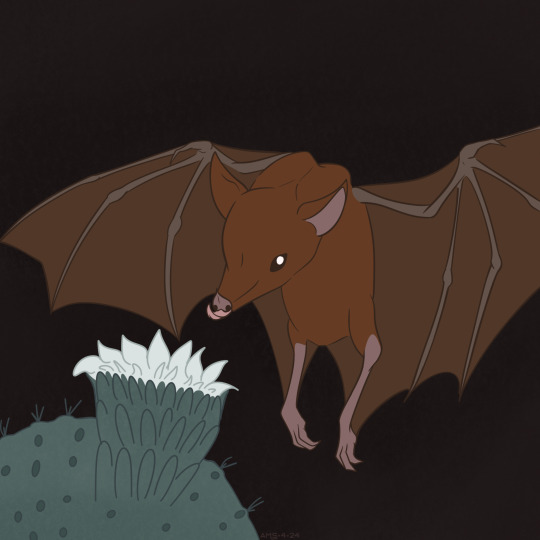

Did you know bats are actually essential pollinators?
I spent forever trying to figure out bat wings, I want another go at them later when I have some more time to really think about their anatomy more.
#callistine#digital art#bat#bat art#pollen#pollinator#april colors#april colors 2024#art challenge#april art challenge
2 notes
·
View notes
Photo
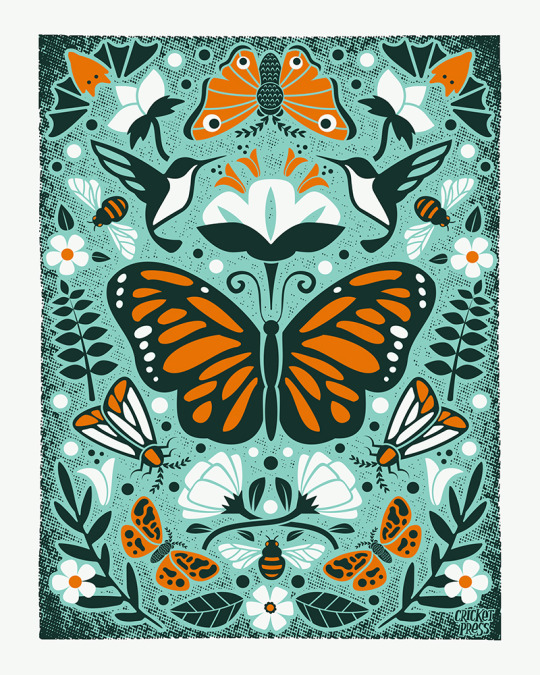
Celebrating Pollinator Week with this NEW art-print!
Pollinators - Limited Edition Screen Print
Pollinator Week is an annual celebration in support of pollinator health! It is a time to raise awareness for pollinators and spread the word about what we can do to protect them.
Although birds, bats, and other creatures are also pollinators, insects are the animals that do the bulk of the pollination that affects our daily lives. Some of these insect pollinators will be familiar (bees and butterflies), but you might be surprised by some of the others (flies, wasps, and beetles).
Poster details:
3 color screen print
8" x 10"
#pollinators#art#design#art print#screenprint#printmaking#etsy#pollinator week#butterfly#bees#insects#hummingbird#cricket press#moths#bats
96 notes
·
View notes
Text
Out of Sight, Out of Mind: The Unexpected Importance of Bats, Past and Present
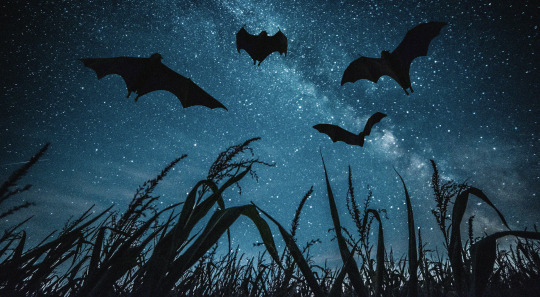
Throughout history, bats have been associated with vampires and the macabre, but did you know that bats also play a crucial role in the history of agriculture?
Many bats help to reduce crop damage by preying on pest and their droppings “Guano” are a rich source of fertilizer used through history to increase crop yields. Bats are considered to be farmers allies. Some bats also play an important role in pollinating crops. Several species of bats feed on the nectar of flowers, and as they move from one flower to another, they transfer pollen, helping to fertilize the plants. This is particularly important for plants that rely on bat pollinators, such as agave, which is used to produce tequila.
Guano is a valuable natural fertilizer that has been used by humans for centuries. It is rich in nitrogen, phosphorus, and potassium, which are essential nutrients for plant growth. In fact, bat guano was one of the earliest natural fertilizers used in agriculture, and it is still used today by organic farmers and gardeners. However, over time, the collection of bat guano for commercial use has had negative impacts on bat populations.
Guano is also important for the preservation of caves. It provides a nutrient source for the ecosystem, supporting the growth of bacteria and fungi that break down organic matter and recycle nutrients. In addition, bat guano can help to stabilize cave sediments and prevent erosion, which is important for the preservation of archaeological and paleontological sites.
Guano is a very slow to recover natural resource. Excessive harvesting for agriculture has disrupted the delicate balance of the ecosystem in many places, leading to a decline in the biodiversity that supported bat populations. In turn, the benefits from those bats have disappeared.
Bats provide a valuable ecosystem service by controlling pests and fertilizing crops, their conservation should be a priority for farmers and policymakers. By adopting bat-friendly farming practices, such as providing bat roosts and protecting bat habitats, farmers can help to ensure the continued success of agriculture, while also supporting the conservation of these important animals.
As it comes to renewable resources, it’s to be responsible with our consumption. The cascading effects of over consumption are complicated and often unexpected. Like with bats, our lives are tied to the healthy functioning of the ecosystem in ways we often don’t think of. Small acts, whether good or bad, can have profoundly larger impacts.
#life after life#conservation#green burial#sustainability#symbiosis#biodiversity#bats#farming#agriculture#plants#pollinators#guano#caves#cemetery#death positive
14 notes
·
View notes
Text
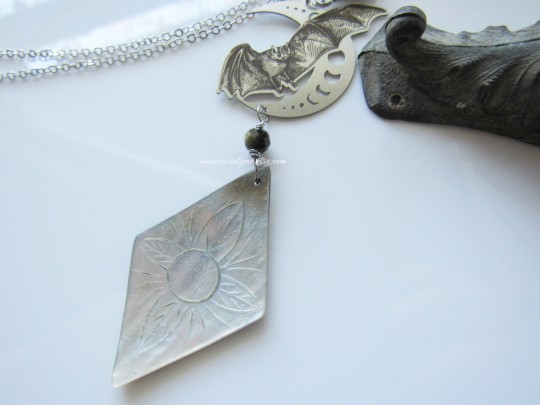
Celebrate some lesser known pollinators with me, Somewear In Tyme! My latest stainless steel necklace features the nightshift pollinator a moonlit bat. A carved mother of pearl cactus flower blooms below and is accented with golden obsidian.
www.etsy.com/listing/1470789705
11 notes
·
View notes
Photo

Bats are pollinators too.
Ghost Bat on yellow
6x6 inches
acrylic on wood panel
9 notes
·
View notes
Text

Napping bat artist. 🦇💤🎨
#pop art#logo design#logo development#logos#logo#bat#bats#cute bats#bat appreciation day#flying fox#flying foxes#vampire#vampire bat#bat cave#cute art#paint palette#murcielago#pollinators#nectar#pollen#die fledermaus#artist on tumblr#art commisions#art commissions open#folk art#basquiat#andy warhol#napping#nap time#upside down
4 notes
·
View notes
Text
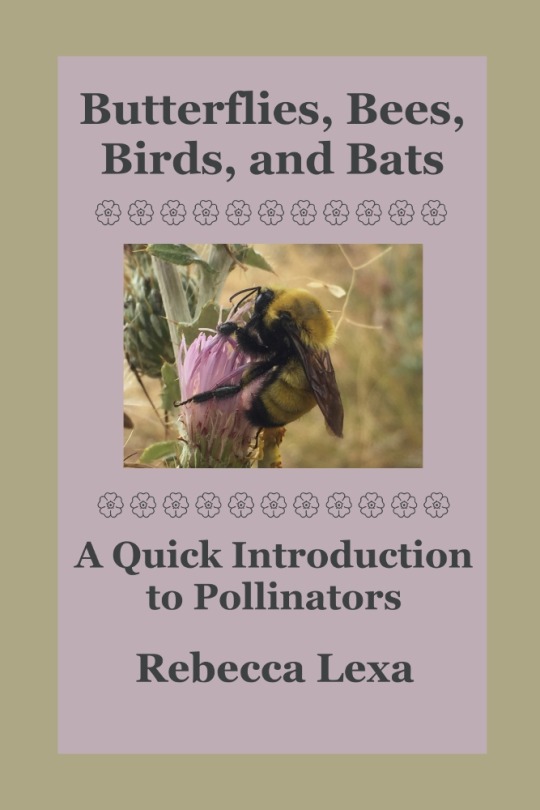
Last week was Pollinator Week, and my newsletter subscribers were the first ones to hear about my newest quarterly chapbook, Butterflies, Bees, Birds, and Bats: A Quick Introduction to Pollinators. In fact, they got the ebook version for free (and you can too if you sign up for my monthly email newsletter here--plus you'll get my future chapbooks as free ebooks if you stay subscribed!)
You may have heard the slogan “Save the Bees!” But there are lots of other pollinators out there, too. From hovering hummingbirds to trundling beetles, animals of all sorts partner with flowering plants in long-standing mutual relationships–including many of the plants that provide our food. In this book you’ll find out about these amazing animals:
What are pollinators, and why are they important?
What types of animals are pollinators?
What threats do pollinators face, and what happens if we lose them?
How can we help pollinators survive and thrive?Written for the everyday reader, adults and older kids alike will enjoy Butterflies, Bees, Birds, and Bats, and be inspired to go out and make the world a little better for our pollinators.
You can purchase paperbacks ($6 + shipping) and ebooks ($3) of all my chapbooks here on my website.
(Reblogs appreciated!)
#pollinators#bees#butterflies#birds#bats#invertebrates#insects#animals#wildlife#nature#ecology#endangered species#extinction#conservation#environment#environmentalism#science#scicomm#free ebooks
76 notes
·
View notes
Text
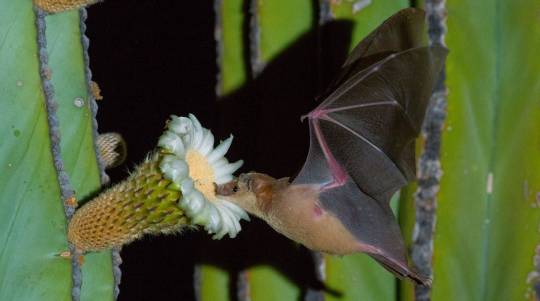
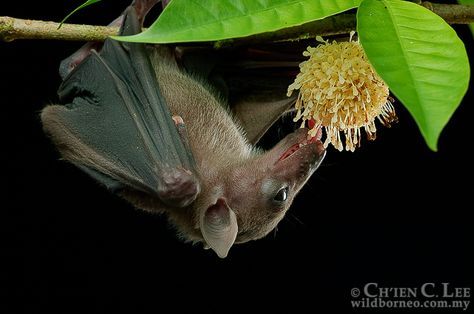



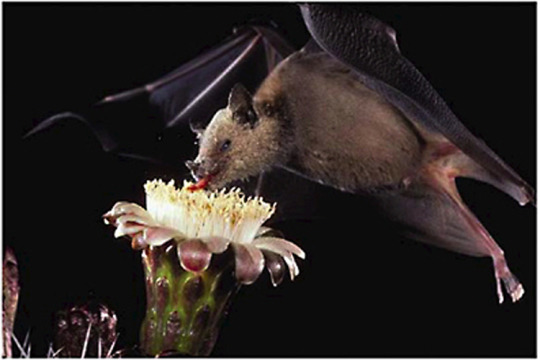
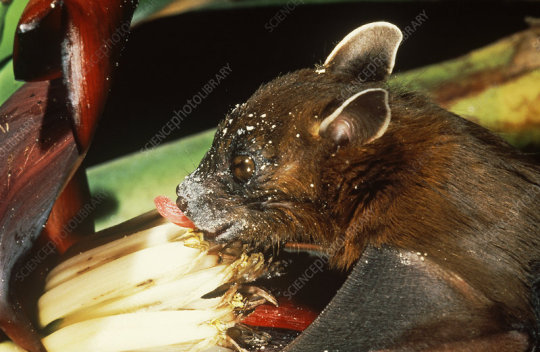
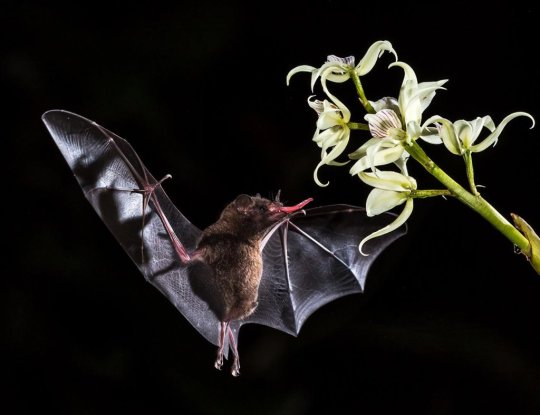
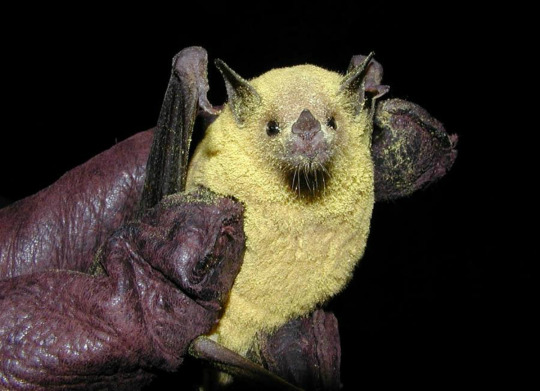
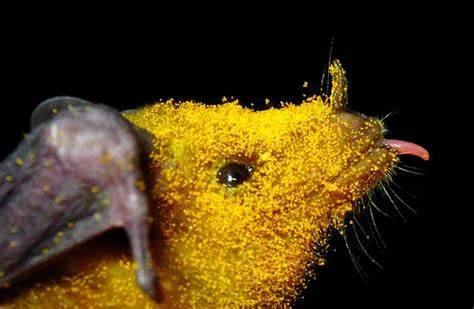
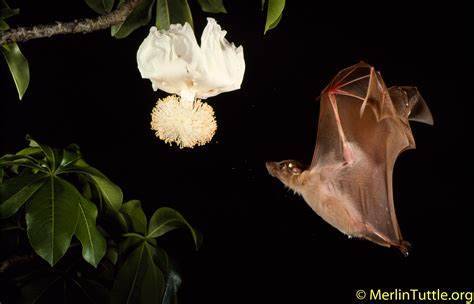
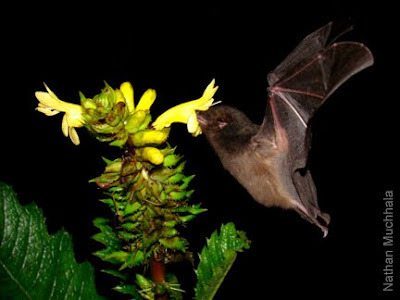
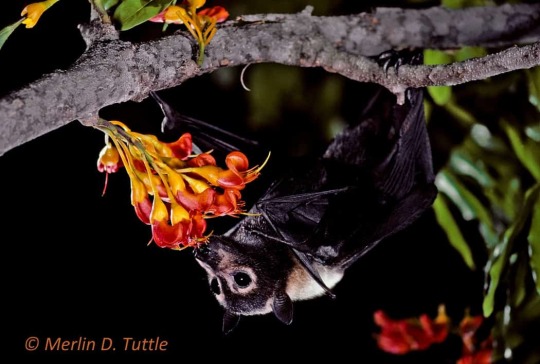
#pollination#pollen#bats#flowers#plants#animals#bat#batman#cute#small#little#tiny#plant#flying fox#creature#pretty#love this#this#important#happy#good#positive#tongue#baby#beautiful
34 notes
·
View notes
Photo

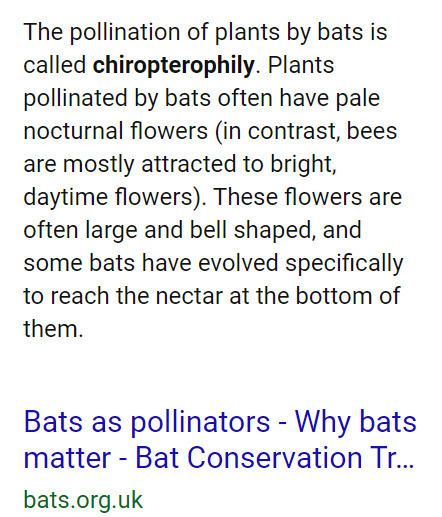
I MUST POLLINATE, SHADOW. THE PLANTS NEED ME.
@theadrenalinator9000
#sonic#sonic the hedgehog#rouge sonic#rouge the bat#shadow the hedgehog#SHADS#sonic shadow#sonic the hedghog fanart#bats#bat facts#Fanart#drawing#digital drawing#hmmmm#pollination#biology#lolol
41 notes
·
View notes